Banaras Saree: Queen of Textiles
- Fashion Design
Banaras Saree: Queen of Textiles
Contact us
Bengaluru
Campus 1 : JD School of Design, No. 18-1, Brigade Road, Bengaluru,Karnataka – 560 001.
Campus 2 : No. 40, Swan House, 4th Cross, Residency Road, Bengaluru, Karnataka – 560001.
Goa
Musthtifund Saunstha , Near Mahalaxmi Temple,Dada Vaidya Road, Goa-403001
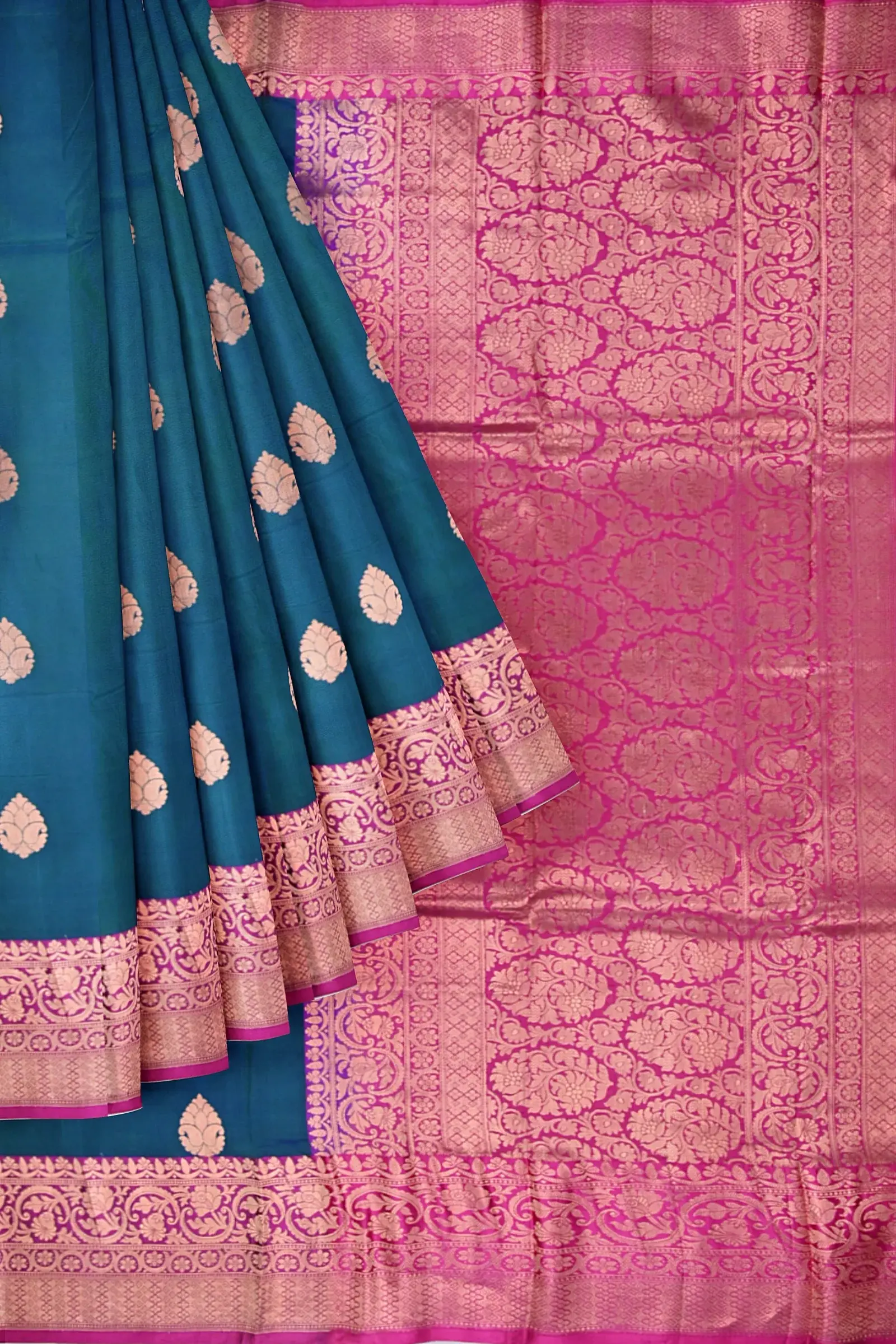
Kanchi Kamakshi Silks
Banaras saree, also known as the Katan saree, is not just a garment; it is a living testament to India’s rich textile heritage, cultural tapestry, and evolving identity. Woven in the holy city of Varanasi, formerly known as Banaras, for centuries, these sarees have adorned the bodies of royalty, celebrities, and everyday women alike, becoming synonymous with elegance, sophistication, and timeless beauty.
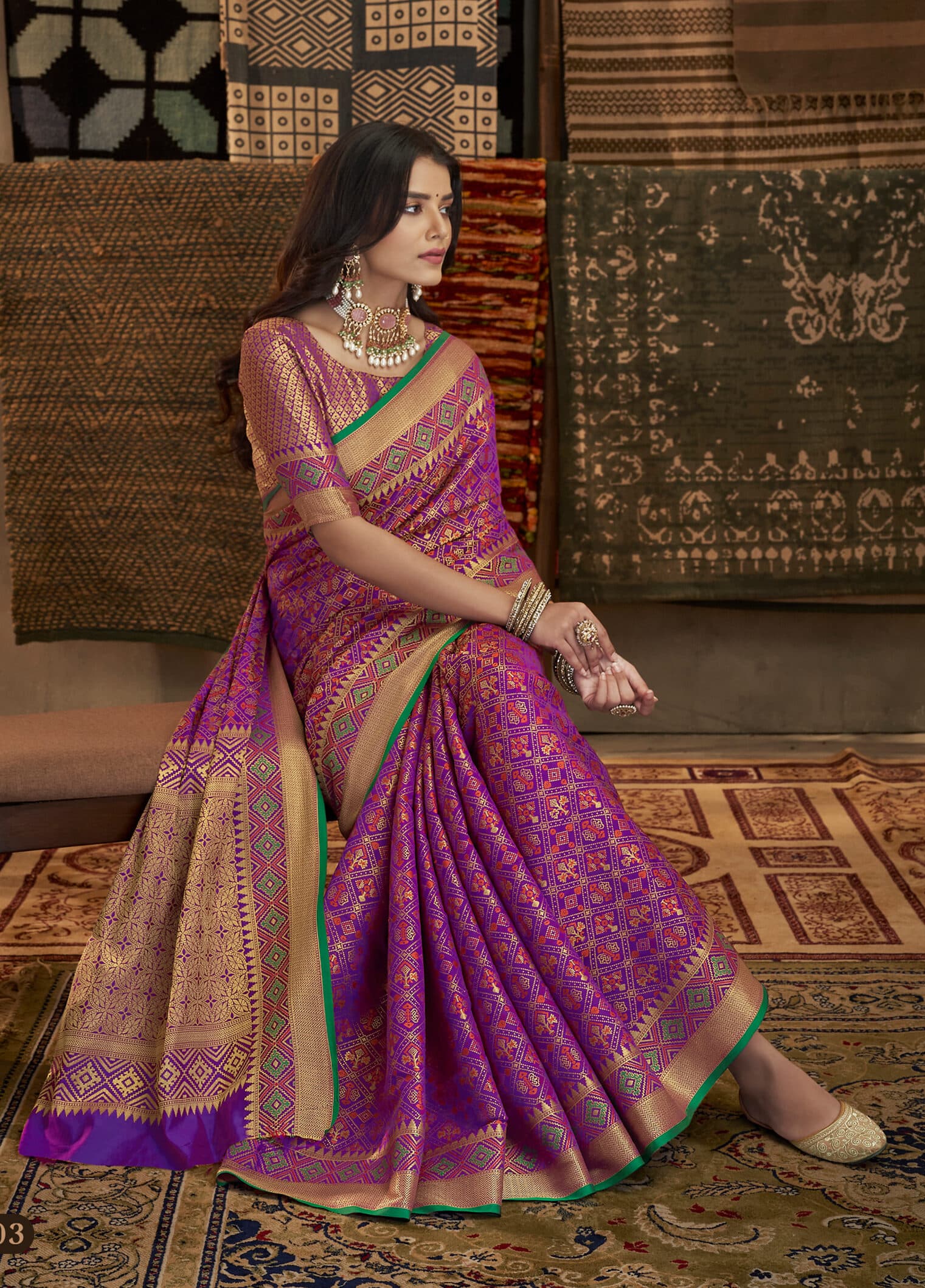
Shahi Fits
A Journey Through Time: The Historical Legacy of the Banaras Saree
The origins of the Banaras saree can be traced back to the Mughal era, a period marked by artistic and cultural exchange. Mughal emperors, known for their love of luxury and grandeur, patronized the art of silk weaving in Varanasi, leading to the development of intricate techniques and opulent designs. The sarees became a symbol of affluence and social status, worn by Mughal courts and nobility.
Following the decline of the Mughal Empire, the Banaras saree continued to evolve under the patronage of local rulers and wealthy merchants. Artisans incorporated regional motifs and influences, creating a unique blend of Mughal and Hindu aesthetics. The saree became deeply embedded in Indian culture, worn for religious ceremonies, weddings, and other special occasions.

Nine Colors
Banaras sarees have earned the title of “queen of textiles” for several reasons:
Rich History and Heritage:
- Their weaving tradition dates back thousands of years, with mentions in ancient texts like the Arthshastra.
- Influenced by various cultures and rulers, like the Mughals, they represent a unique blend of artistic styles and techniques.
- They are considered a vital part of India’s cultural heritage and craftsmanship.

Parivar Ceremony
Exquisite Craftsmanship:
- Made with luxurious fabrics like pure silk, often using the Katan variety known for its durability and luster.
- Feature intricate and delicate handloom weaving techniques, like Kadhwa and Tanchoi, passed down through generations.
- Boast beautiful and complex designs, including motifs like paisleys, peacocks, floral patterns, and intricate zari work.
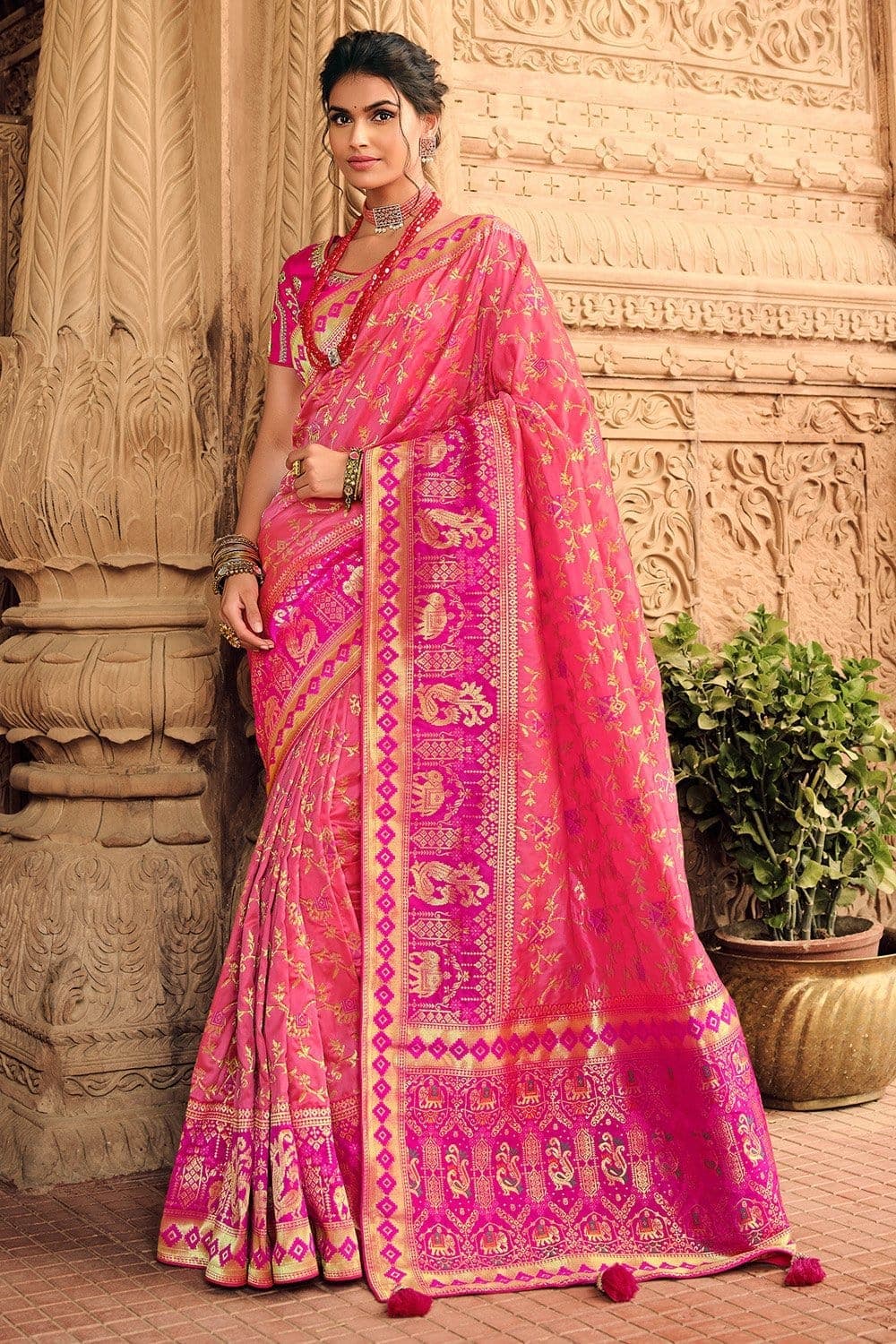
Vietkidsiq
Timeless Elegance and Beauty:
- Known for their regal and opulent look, making them perfect for special occasions and festivals.
- The sarees drape beautifully, accentuating the wearer’s grace and adding a touch of sophistication.
- Their designs transcend trends and remain fashionable for generations, making them cherished possessions.
Cultural Significance:
- Worn by Indian women for centuries, they hold immense cultural and emotional value.
- Symbolizing femininity, elegance, and prosperity, they are often passed down as heirlooms.
- Represent a unique aspect of Indian identity and artistry.
Therefore, the title “queen of textiles” goes beyond just the beauty of the fabric. It acknowledges the rich history, intricate craftsmanship, cultural significance, and timeless appeal that make Banarasi sarees truly exceptional.
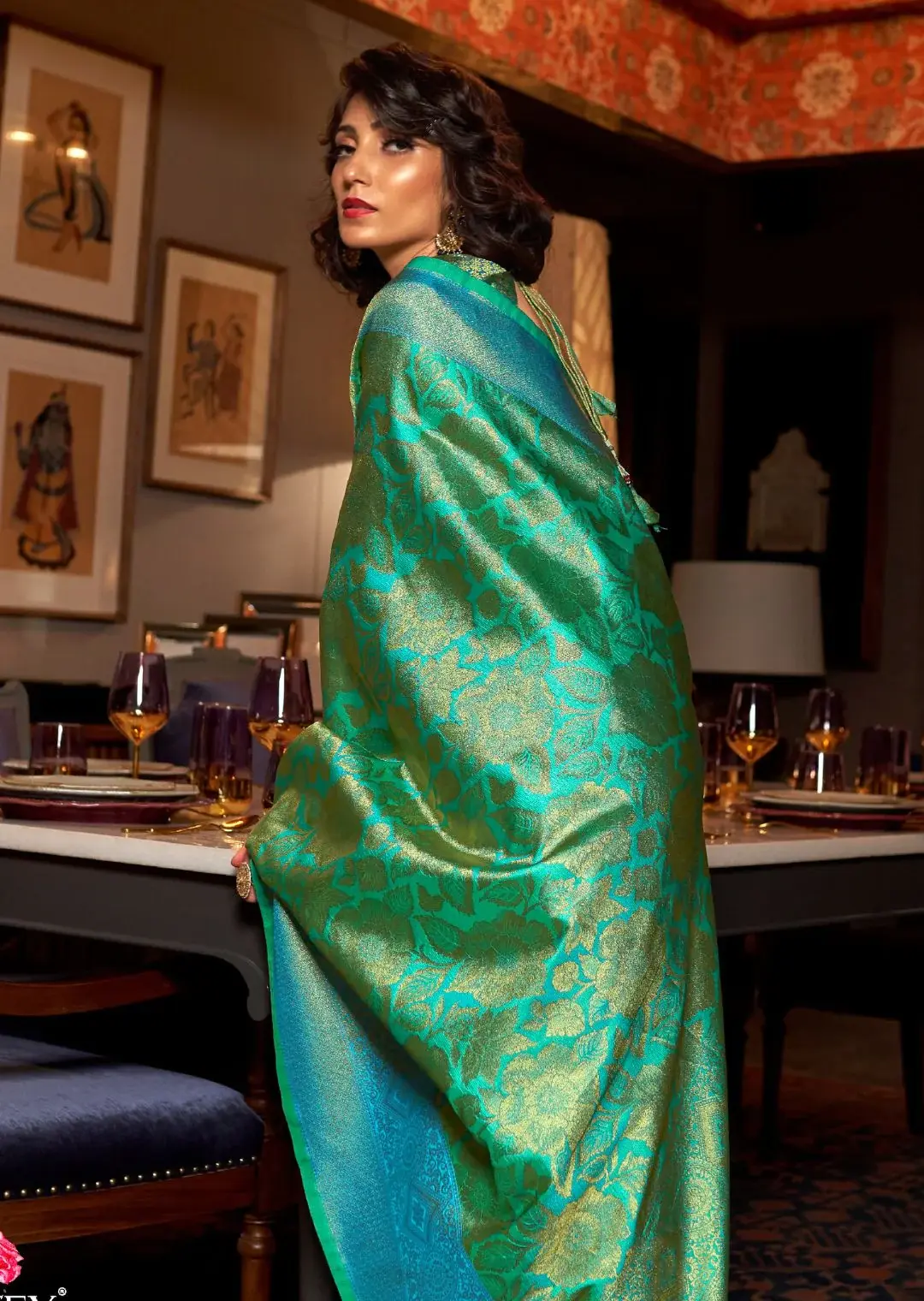
Zarikari India
It’s important to note that some might consider this title subjective and based on cultural appreciation. However, the reasons mentioned above highlight the many unique qualities that contribute to the widespread recognition of Banarasi sarees as a pinnacle of textile artistry.
The Art of Weaving: A Glimpse into the Intricate Craft
The creation of a Banaras saree is a labor of love, requiring meticulous craftsmanship and generations of knowledge passed down through families. The process begins with the selection of high-quality silk yarn, often sourced from southern India. The yarn is then hand-dyed in vibrant colors using natural dyes or vegetable extracts.
The most distinctive feature of the Banaras saree is its intricate zari work. Zari is a thread made from pure gold or silver, which is painstakingly woven into the silk fabric using traditional handlooms. The designs range from geometric patterns to floral motifs, often inspired by Mughal architecture, temple art, and nature.
The weaving process can be incredibly time-consuming, with some sarees taking weeks or even months to complete. The skill and dedication of the weavers are evident in every detail, making each Banaras saree a unique work of art.
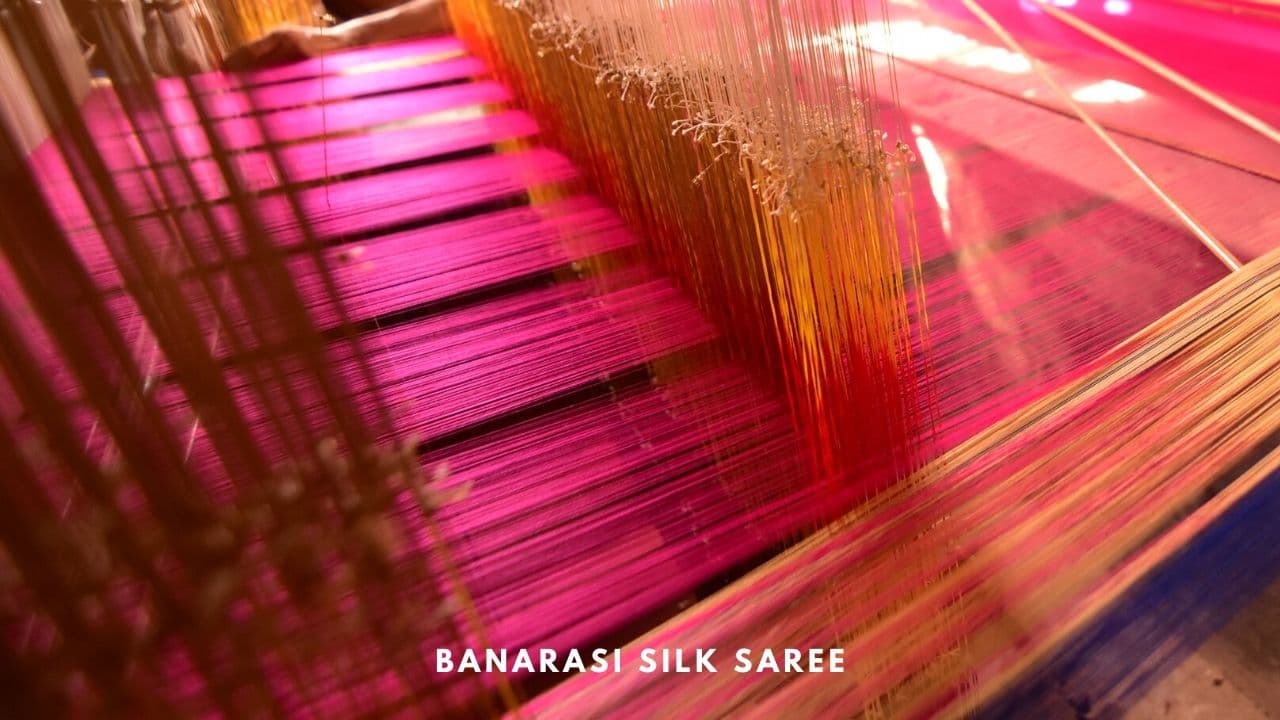
Tale of 2 Backpackers
Beyond Aesthetics: The Cultural Significance of the Banaras Saree
The Banaras saree is more than just a beautiful garment; it is a symbol of Indian culture and identity. It represents tradition, heritage, and the artistry of generations of weavers. Wearing a Banaras saree is often seen as a way to connect with one’s roots and celebrate cultural heritage.
The saree has also played a significant role in India’s social and political movements. During the Indian independence struggle, women wore Banaras sarees as a symbol of defiance against British rule. The saree continues to be worn by women activists and politicians today, signifying their strength and empowerment.
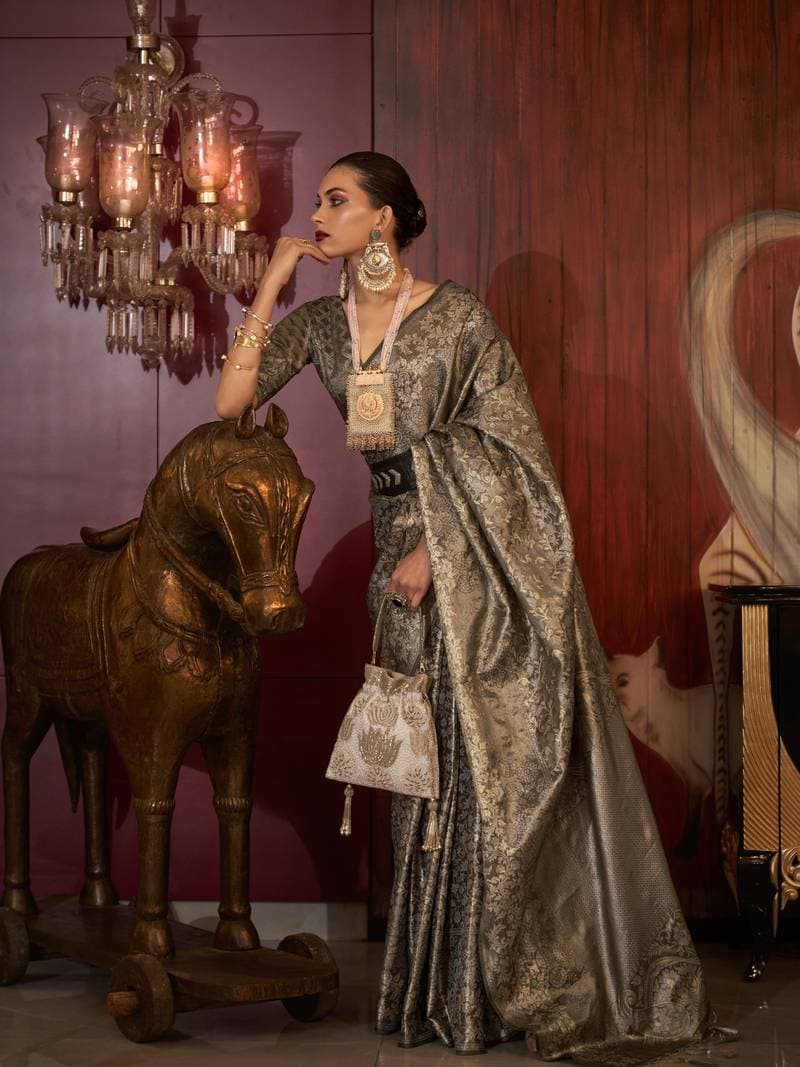
Source: Mirraw
A Legacy in the Making: The Future of the Banaras Saree
The Banaras saree industry faces challenges in the modern world, including competition from machine-made fabrics and the rising cost of raw materials. However, there is a growing awareness of the saree’s cultural significance and the importance of preserving this traditional craft.
Several initiatives are underway to support the Banaras saree industry, such as government subsidies, training programs for weavers, and the promotion of sustainable practices. Consumers are also becoming more conscious of the value of handmade goods and are willing to pay a premium for authentic Banaras sarees.
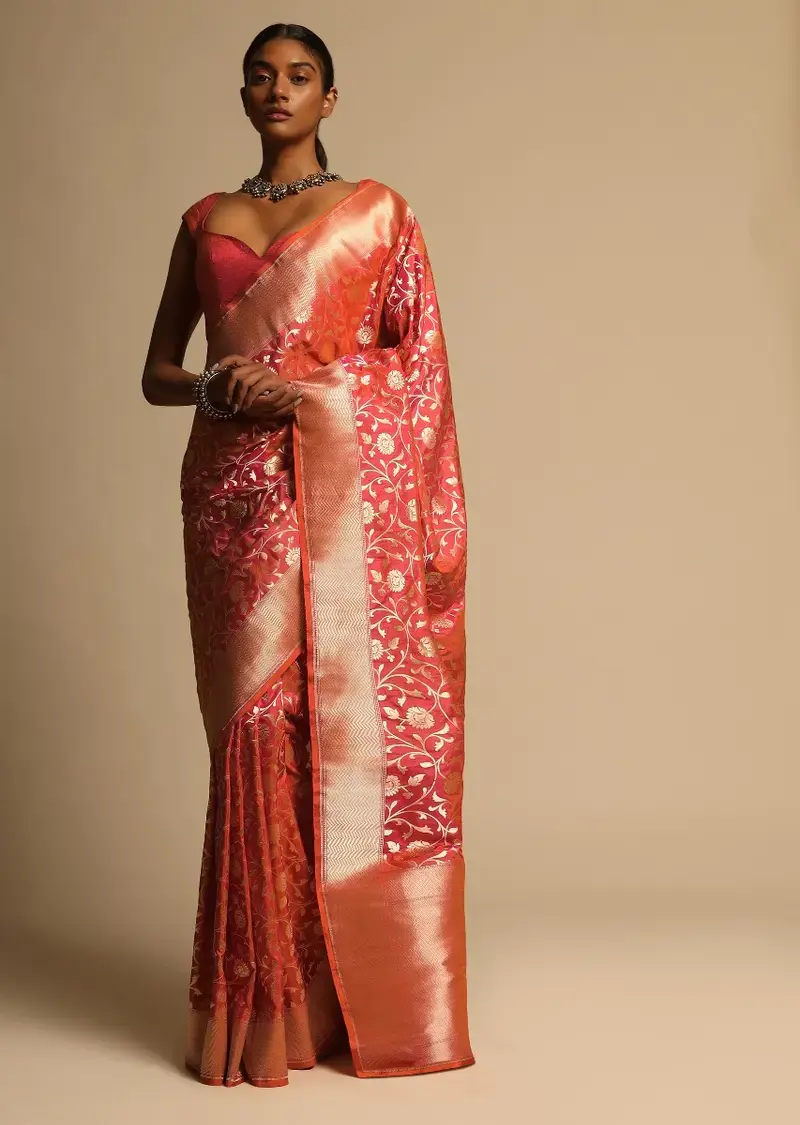
KALKI
Conclusion
The Banaras saree is a timeless treasure that embodies the rich history, culture, and identity of India. It is a testament to the skill and artistry of generations of weavers, and a symbol of elegance, tradition, and empowerment. As the world continues to appreciate the value of handmade craftsmanship and cultural heritage, the Banaras saree is sure to remain a cherished icon for years to come.


